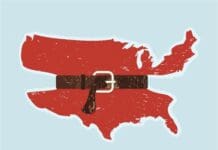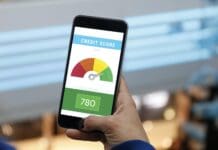The Labor Department’s latest employment report reveals that job growth in the United States largely slowed in August as a whole. Even amid this slowing, economic expansion was sustained. However, as a result of this new data, economists are now adjusting their economic forecasts for the year, as many are cautious that the economy may be fully slowing down now.
According to the Labor Department’s new report, only 235,000 jobs were added to nonfarm payrolls — a steep drop from the 728,000 initially forecasted by economists for August. In comparison, July saw 1.053 million job creations. Therefore, August saw quite a steep drop from the month before.
However, the unemployment rate has fallen again, which is a positive sign for the economy. The rate fell to about 5.2% from 5.4% in July. So, while there weren’t nearly as many hirings last month, unemployment has fallen slightly, and economic expansion has continued, even amidst all these problems.
This slowing of hiring comes amid many issues in the United States — many issues that may threaten the great economic growth forecasted by economists for this year. The country is still dealing with a massive labor shortage in all areas. People have largely kept from returning to the workforce for many reasons. COVID-19 concerns are largely the reason, though economists are hopeful that more people will return to the workforce now that school has begun again. Childcare has been hit hard in the past few months, and many people have refrained from returning to the workforce because of their children. Now, however, there is optimism that students returning to school will also help workers return to the workforce.
Of course, the Delta variant of COVID-19 complicates things. Infections and cases have soared around the nation because of the very contagious Delta variant, affecting jobs and schools in the process. The Delta variant is probably a huge factor in the slowed-down job growth seen in August.
As a result of this latest news from the Labor Department, economists are now considering readjusting their forecast for the economic growth, and gross domestic product estimates, for the third quarter. The economy did quite well during the second quarter and grew at a rate of about 6.6%. The back-to-school season was thought to greatly help the third quarter, though now economists are looking at the signs that point to an economic slowdown.
Raw material and labor shortages continue to be a problem, especially as we slowly head into the holiday season, a time that is normally the biggest time of year for the economy. Material shortages have greatly impacted many industries — possibly most notably the auto and homebuilding industry — and has therefore negatively affected business activity as a result. Because of these material shortages, economic growth could largely slow for the rest of the year.
Global supply chain issues may also affect business activity, especially as businesses are now having a hard time restocking their inventory quickly. This could negatively affect the economic growth for the rest of the year.













